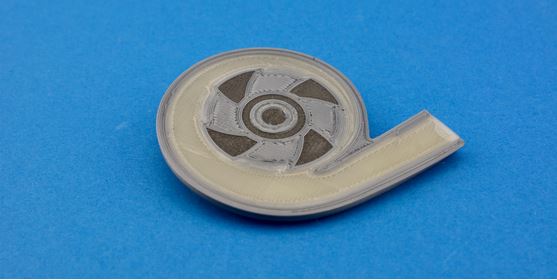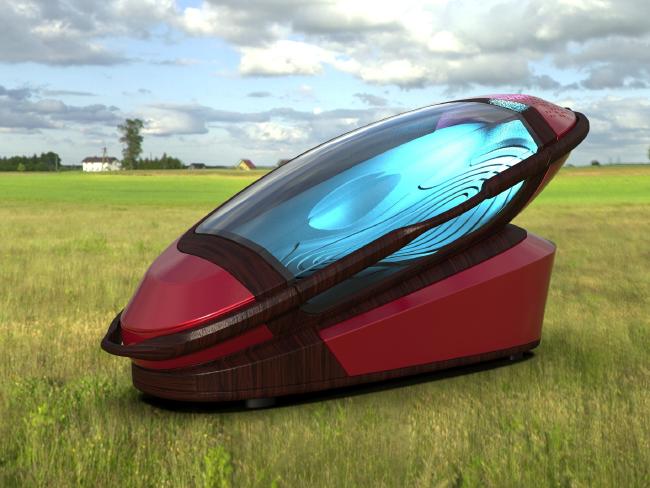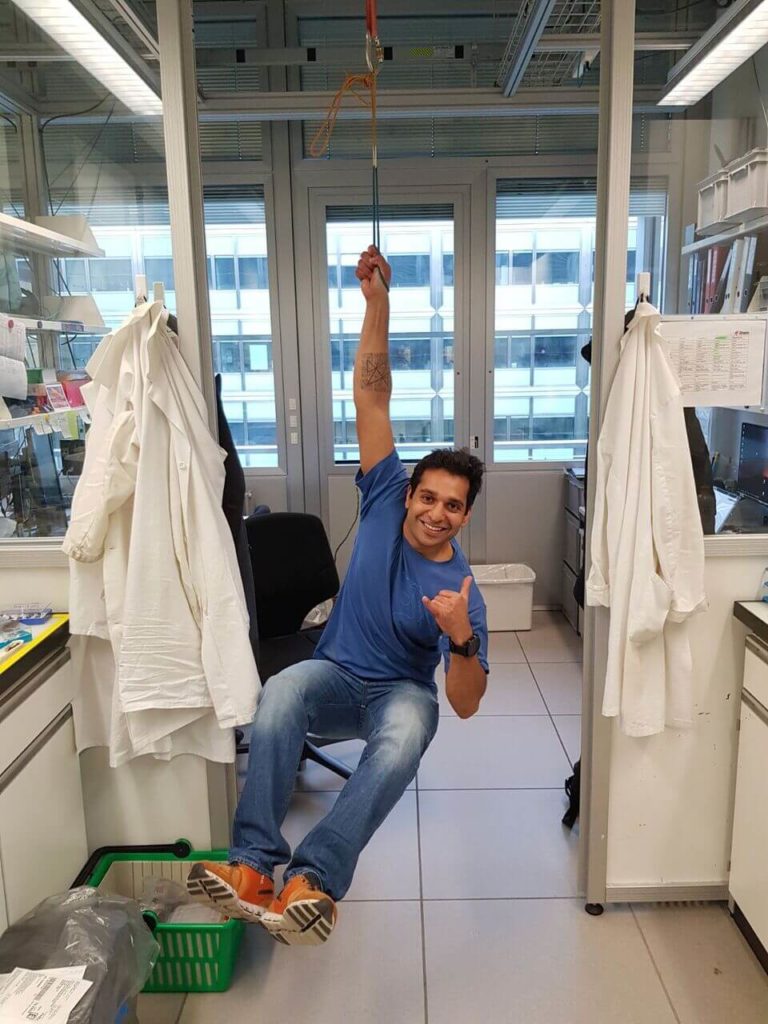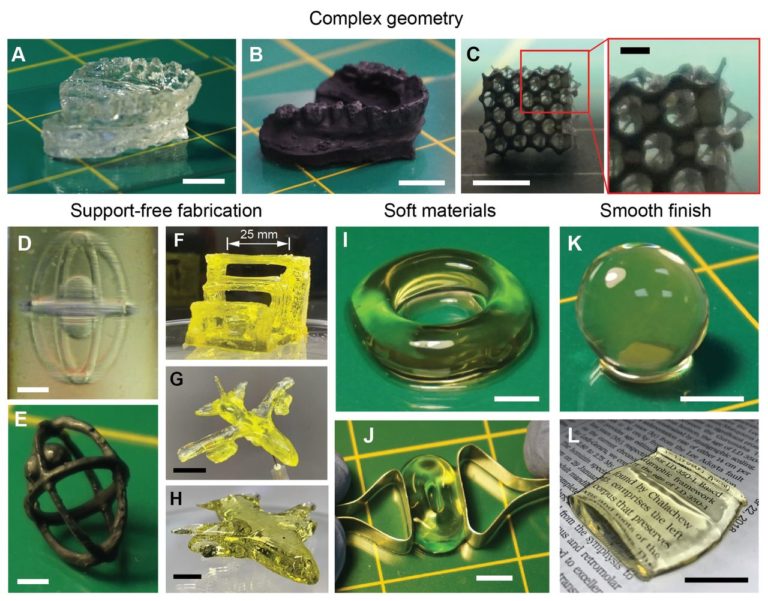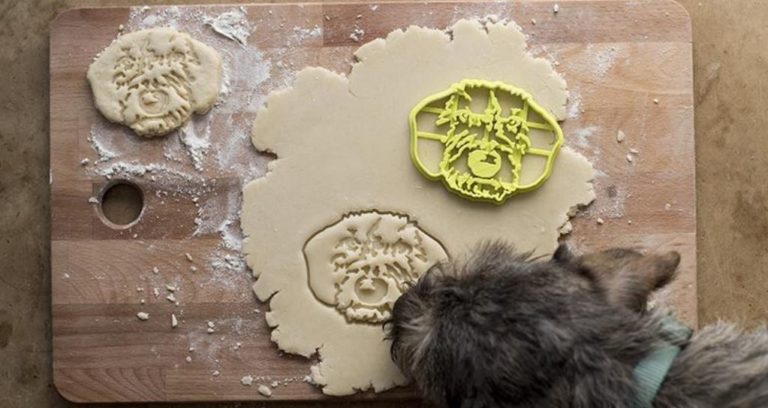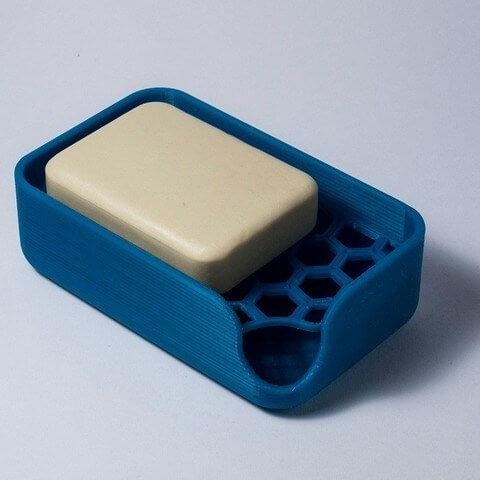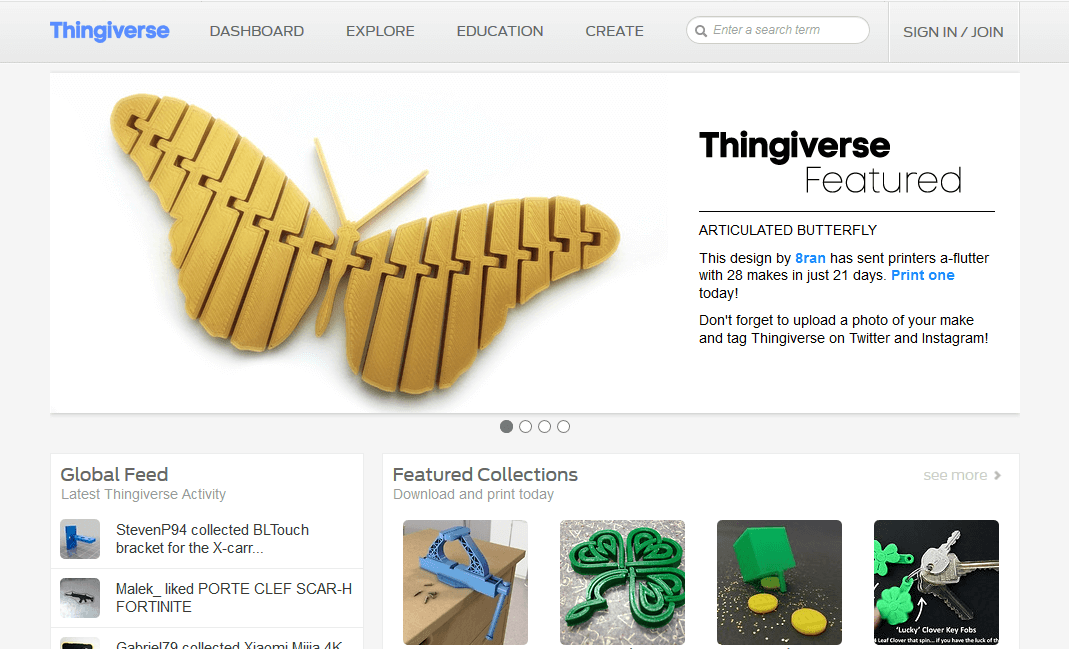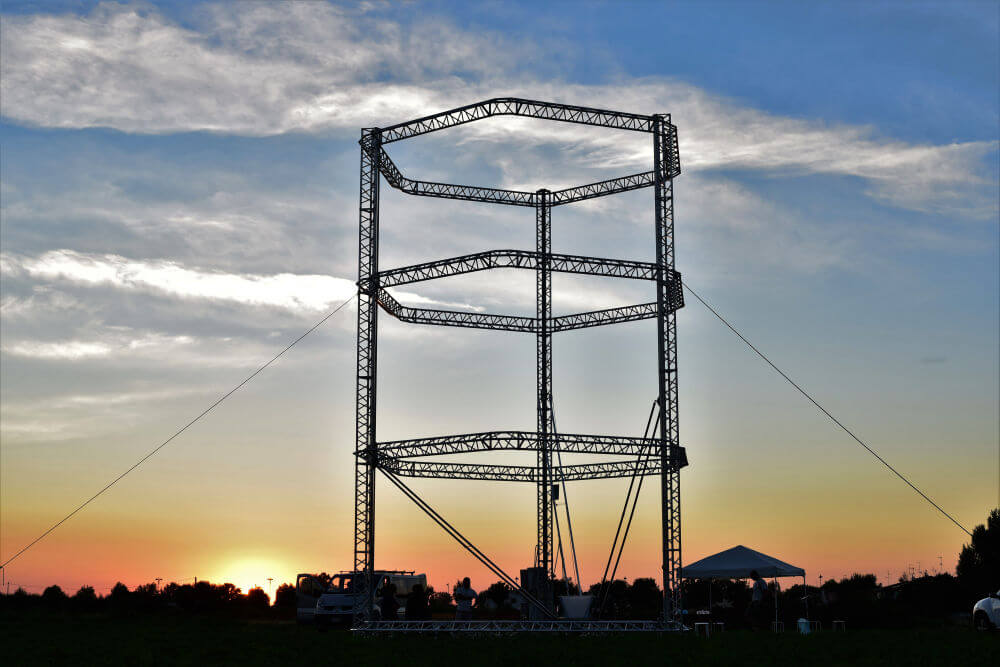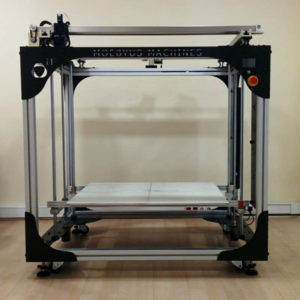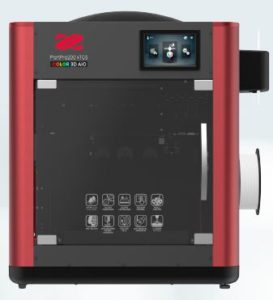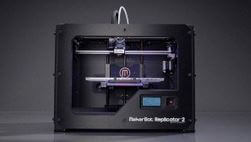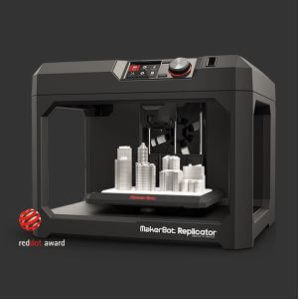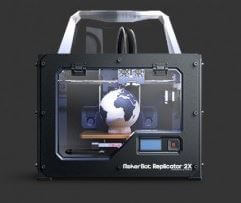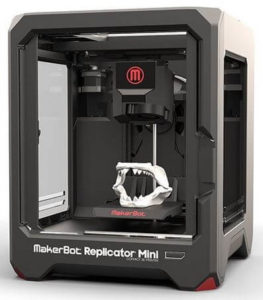Kai von Petersdorff-Campen, PhD student at ETH Zurich, presents a new 3D printing process that can be used to manufacture magnetic products. As an example, he printed an artificial heart pump and promptly won an international prototype competition
The Heart Pump from the 3D Printer
The development of the prototype took a few months until it could finally be printed within about 15 hours. The result was by no means high class, but the print result fulfilled its purpose, as the subsequent test showed. Petersdorff-Campens intention was not to produce a good heart pump, but to demonstrate the principle of how it can be produced in a single step. It also serves as an application example for the newly developed 3D printing process. Artificial heart pumps are not only geometrically complex, but also magnetic products. Petersdorff-Campens heart pump is one of the first prototypes with magnetic components manufactured using 3D printing.
The 3D Printing Process
He calls his newly developed process “embedded magnet printing” and the special thing about it is that the magnets are printed directly into the plastic material. Magnetic powder and plastic are mixed before printing, formed into filament cords and processed using the FDM process. Finally, the 3D-printed part is magnetized in an external field.
The Production of Filaments

Source: ETH Zurich, Kai von Petersdorff-Campen
One of the biggest difficulties was the development of filaments. The more magnetic powder you add to the granulate mixture, the stronger the magnet, but the more brittle the end product becomes. In order for the filaments to be pressed through the 3D printer, however, they must be reasonably flexible. After many material and mixture tests, however, the doctoral student finally found a composition with which a flexible filament with high magnetic force can be achieved.
Possible Fields of Application
Of course, magnets are not only found in medical devices. They are found, for example, in electric motors installed in numerous technical household appliances: From PC hard drives to loudspeakers to microwaves. Today, such magnetic, geometrically complex components are manufactured using complex injection molding processes. According to ETH Zurich, 3D printing could make this process many times faster and thus also cheaper.
Outlook
Petersdorff-Campen admits that there is still much to be improved in terms of materials and workmanship. Although his heart pump passed its first tests and pumped 2.5 liters per minute with 1000 rotations, this did not yet meet the practical requirements…
Source: ETH Zurich



